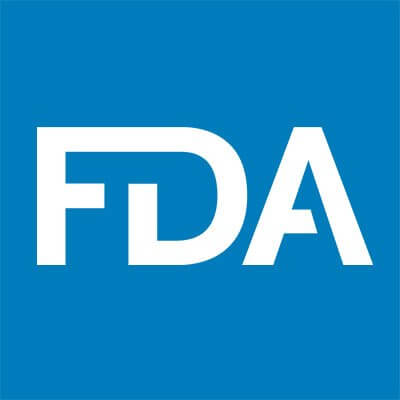
The FDA SARS-CoV-2 Reference Panel allows for a more precise comparison of the analytical performance of different molecular in vitro diagnostic (IVD) assays intended to detect SARS-CoV-2. The Reference Panel contains common, independent, and well-characterized reference material that is available to developers of SARS-CoV-2 nucleic acid-based amplification tests (NAATs) for which Emergency Use Authorization (EUA) was requested.
Background
During the early months of the Coronavirus Disease 2019 (COVID-19) pandemic, clinical specimens were not readily available to developers of IVDs to detect SARS-CoV-2. Therefore, the FDA authorized IVDs based on available data from contrived samples generated from a range of SARS-CoV-2 material sources (for example, gene specific RNA, synthetic RNA, or whole genome viral RNA) for analytical and clinical performance evaluation. While validation using these contrived specimens provided a measure of confidence in test performance at the beginning of the pandemic, it is not feasible to precisely compare the performance of various tests that used contrived specimens because each test validated performance using samples derived from different gene specific, synthetic, or genomic nucleic acid sources.
From February through the middle of May, the FDA issued a total of 59 EUAs for IVDs for the qualitative detection of nucleic acid from SARS-CoV-2 based on validation data using contrived specimens derived from SARS-CoV-2 viral RNA. As the pandemic progressed and more patient specimens became available, on May 11, 2020, the FDA recommended in the Policy for Coronavirus Disease-2019 Tests that developers obtain and use patient specimens to validate their tests.
Recognizing the value to healthcare professionals, laboratories, and patients in understanding the relative performance of NAATs for SARS-CoV-2, the FDA obtained live virus in February to develop a reference panel. Reference panels are a fundamental tool for performance assessment of molecular tests, and the use of the same reference material across different tests allows a direct comparison of analytical sensitivity performance across these tests. As was done for the evaluation of NAATs for Zika, the FDA is again providing a tool for a comparative analysis of the performance of different tests. Such comparison has shown to be useful to health care providers and laboratories implementing these tests.
**Applied DNA Sciences, Inc. Linea COVID-19 Assay Kit Results in Table 2A. Click below to read entire article.


